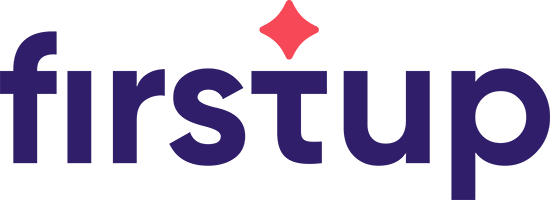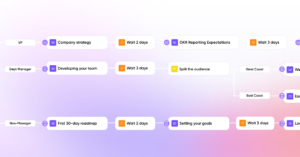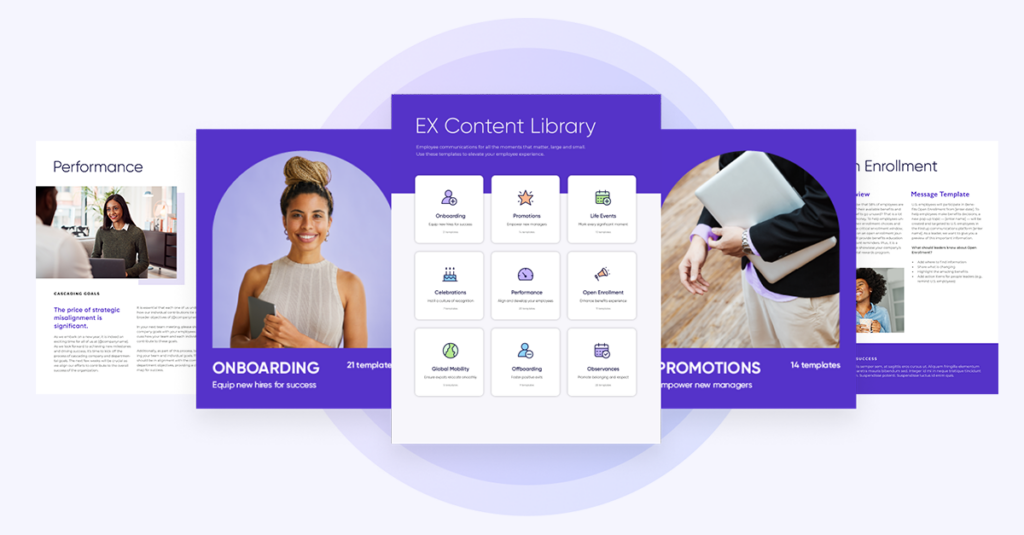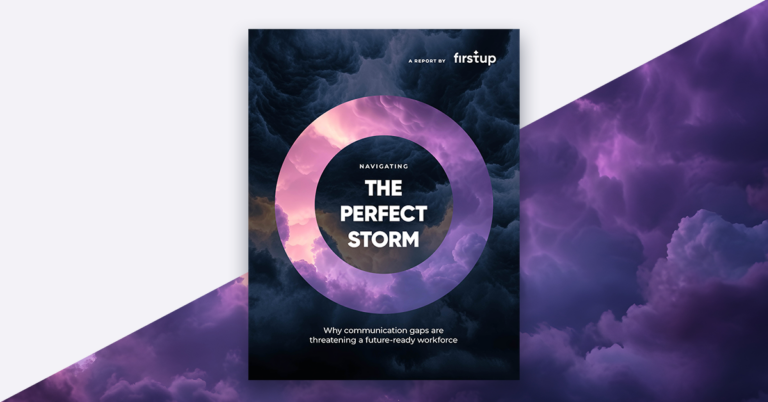In business, we often hear the metaphor of making sure everyone is “speaking the same language.” It’s shorthand for describing the need to align the entire organization around common goals, initiatives, and values.
The best way for that to happen is by speaking the language of your people – literally. When employees receive information in their native languages, they’re more likely to engage and understand that content as well as feel included in the conversation.
Nothing gets lost in translation.
That’s the idea behind a suite of platform features at the heart of the Firstup mission to bring a sense of community to even large, global organizations. Content translation makes internal communication more personalized, accessible, and inclusive by supporting the languages that your employees prefer to speak.
Fewer than one-quarter of the world’s more than 4 billion internet users are native English speakers. This article notes that America’s leading global brands speak an average of 32 languages through their websites, apps, and other products to reach the broadest audience. It seems reasonable to conclude that those 30-plus languages are probably also spoken by employees at those companies.
No wonder businesses – especially multi-national firms – can sometimes feel like Towers of Babel.
Why is Content Translation essential?
- Employees want personal connections. In our everyday lives, we use apps and websites that speak directly to us as individuals – and in our native languages. It’s that way for Facebook, Instagram, Twitter, and other popular platforms. It should be the same way for communication from our employer, too. Content Translation brings the easy-to-use, consumer-grade experience to the employee experience.
- Resource-strapped teams struggle to reach everyone. Reaching all employees with critical messages often requires organizations to send out the same information in multiple languages manually. That’s an expensive and time-consuming process, especially for budget-constrained teams.
- Sense of belonging. Creating a welcoming environment where everyone feels equally valued starts with how you communicate with them. Nothing is more inclusive than using the native languages of your employees.
With Firstup, you’re not just reaching English speakers who sit in a corporate headquarters. You can connect with dispersed populations – wherever they are – and no matter what the original content creator’s language. You don’t have to re-create it over and over.
Here are the four pillars to our Content Translation functionality that enable better communication and engagement.
Display languages
Firstup offers the platform experience in various languages. That means everything a member sees – like the display text – is in their preferred language.
That happens seamlessly when an employee registers for the platform. It automatically detects the language of your device or web browser. But you can easily change the setting if you want a different language. It comes down to this: The choice is yours.
Content translation
Let’s say you set your platform to Spanish. But a post from the New York corporate office is written in English. There will also be an option to see a translation.
This feature is currently available is powered by a machine-learning translation service, all of this happens instantly, in real-time.
Tiered content administration
This makes employees feel like they’re genuinely valued parts of the organization – no matter where they work. Tiered content lets local content managers create posts for their regions while also knowing they’re accessible to everyone in the organization.
Let’s stay with our Spanish example. The regional office in Mexico City has a wonderful story of how the employees are giving back to their community. Everyone around the company can see the feel-good post in their preferred languages.
The benefit to content creation teams is you don’t have to come up with everything by yourself. The team back in the New York home office can rely on regional creators to produce content that also resonates throughout the organization. It eases the workload and builds that sense of “one company.”
Content language targeting
The platform enables content managers to segment their communities and target people in different regions based on language preferences.
For instance, maybe that Mexico City office only has a few dozen employees, and there’s not a content creator. The home office in New York can deliver a personalized experience by directing content served up specifically for them based on their native language.
Add all of these features together, and you can do more than reach a global audience. You make the world feel like a smaller place. Employees in all regions see what’s happening across the globe and build a shared culture.
That’s what happens when you deliver the right content to the right people at the right time – and in the right language.
Challenged with rapid growth and a dire need for better multilingual employee communication, learn how American Woodmark is using the language tools in the platform to speak directly to its workforce of 10,000+ employees spread across 17 manufacturing facilities.
Download PDF








